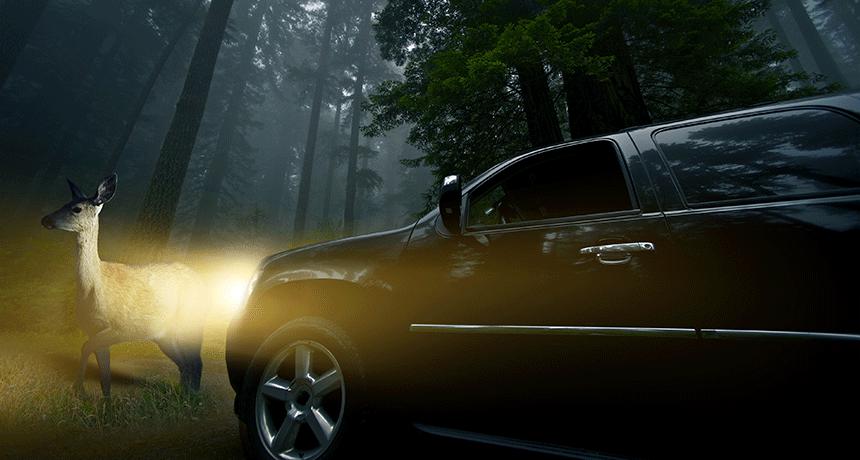MS-ETS1-1
Define the criteria and constraints of a design problem with sufficient precision to ensure a successful solution, taking into account relevant scientific principles and potential impacts on people and the natural environment that may limit possible solutions.
-
 Physics
PhysicsGiving Notre Dame back her unique voice
A 2019 fire robbed Paris’ Notre Dame cathedral of more than her roof. She also lost her voice. Now scientists are using acoustics to return her unique soundscape.
-
 Climate
Climate5 things to know about the climate-saving benefits of tree planting
A recent analysis of the benefits of massive efforts to plant more trees triggered a firestorm of controversy.
By Susan Milius -
 Health & Medicine
Health & MedicineToday’s nico-teen addicts: What role does ‘juuling’ play?
New data show that the most popular type of U.S. vapes deliver nicotine especially efficiently — boosting risk of addiction.
By Janet Raloff -
 Chemistry
ChemistryLike Magneto? Microcrystals give magnets superpower over living cells
New iron-rich protein crystals could help researchers better understand the nerve cells that control movement and sensation. All they need are magnets.
By Jeremy Rehm -
 Health & Medicine
Health & MedicineExplainer: Vaccines are not linked to autism
Some parents say no to children’s vaccines because they worry immunizations could cause autism. But science has looked again and again and still finds no causal tie.
By Kathiann Kowalski and Stephen Ornes -
 Climate
ClimateExplainer: Where fossil fuels come from
Despite one oil company famously using an Apatosaurus as its logo, oil, gas and coal don’t come from dinosaurs. They do, however, come from a long time ago.
-
 Tech
TechNew eyewear could help the visually impaired
Young inventors develop novel electronics to help people identify colors and navigate obstacles.
By Sid Perkins -
 Science & Society
Science & SocietyHeating up the search for hidden weapons
Using an off-the-shelf camera and an innovative bit of software, a high-school student developed the means to inexpensively detect a hidden weapon.
By Sid Perkins -

Protecting deer with high-pitched noises
After her uncle crashed his truck into a deer, this teen decided to find out if there was a sound that would drive the animals away from roads.
-
 Tech
TechHurricane crisis inspires teen’s water-cleanup system
In the wake of last summer’s devastating Hurricane Maria, a Puerto Rican Intel ISEF finalist developed a do-it-yourself system to create clean drinking water.
By Sid Perkins -
 Health & Medicine
Health & MedicineDrug-detection system could help partygoers protect themselves
Fed up with people getting unwittingly drugged at parties, a teen designed a special bracelet. It can alert drinkers to the presence of certain hidden drugs.
-
 Tech
TechThis robot can wash a skyscraper’s windows
Cleaning windows on high-rise buildings can be perilous. But an Australian 12th-grader has created a robot to spare people the risk.
By Sid Perkins